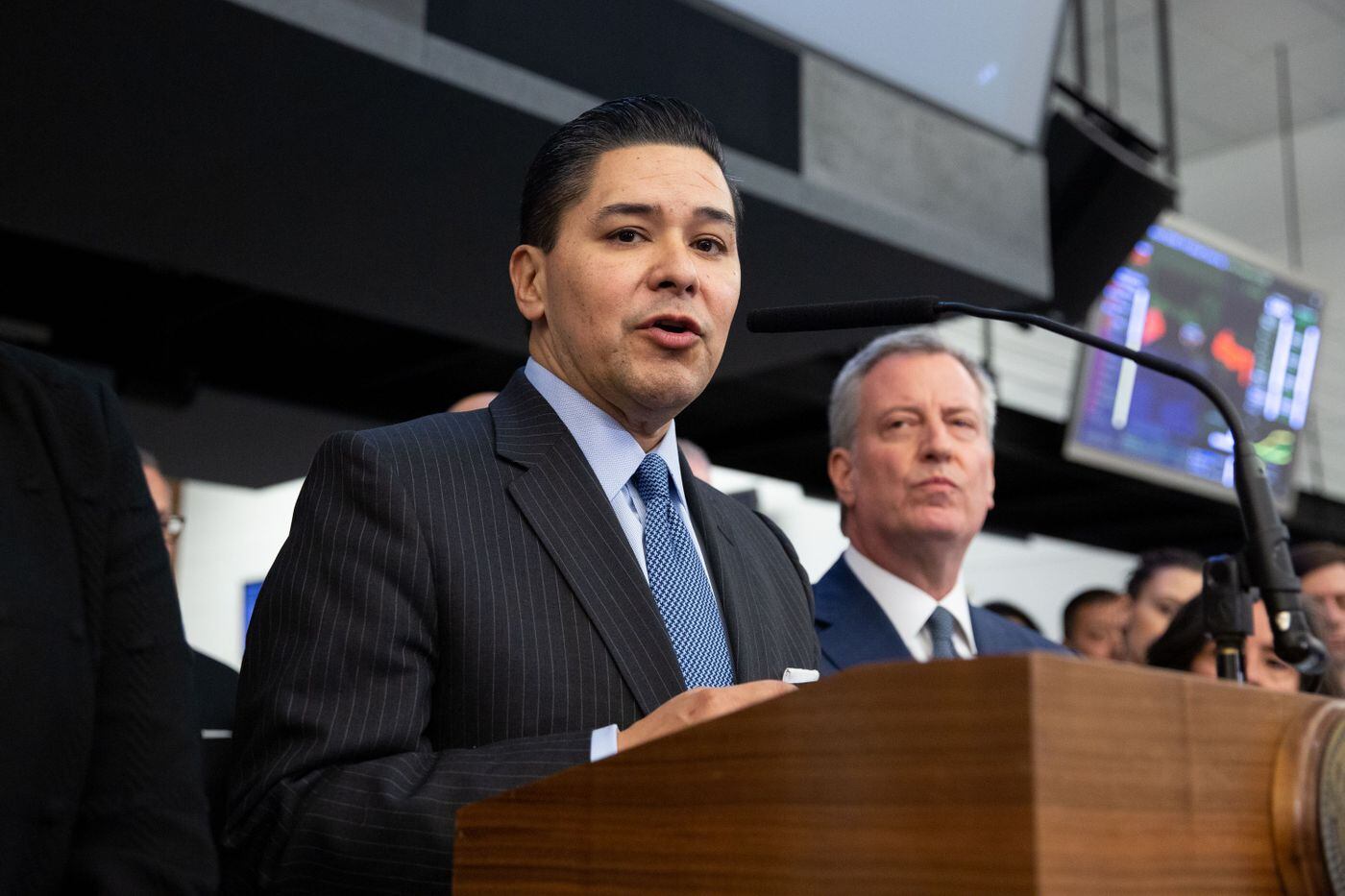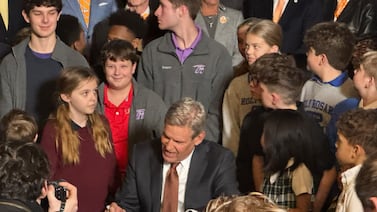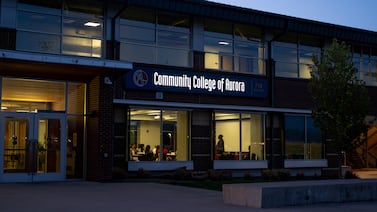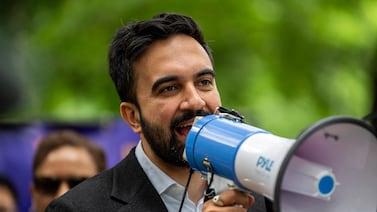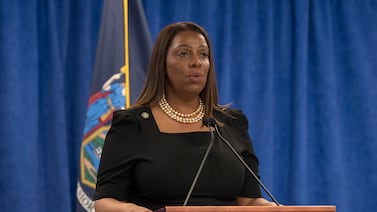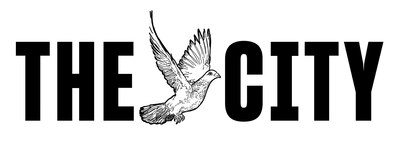
This story was originally published on May 11, 2020 by THE CITY.
After Mayor Bill de Blasio shut down the city’s public schools in mid-March, teachers were ordered to report to classrooms to receive in-person training on the “distance learning” they’d be practicing with their students.
At P.S. 139 in Brooklyn, teachers dutifully showed up on Tuesday, March 17. Late that night, however, they got an emergency email from the principal informing them the next day’s session had been canceled.
“I will be in touch tomorrow with more information,” the Ditmas Park school’s principal promised, according to an email obtained by THE CITY.
The next day, the staff stayed home, but no further explanation emerged. When teachers showed up at school that Thursday, they learned what had happened: A colleague, with whom they had been working the previous week in the Rugby Road building had tested positive for COVID-19.
“They waited for us to come in for training to tell us,” said one teacher, adding the staff was furious about what appeared to be a deliberate lack of transparency to make sure they came into work.
“I was surprised and worried, and when I asked if there was any way to know if we had been around the person who had tested positive, [the principal] said we had to all assume that everyone has been exposed to it across the whole city by this point,” the teacher recalled.
Communications Breakdown
The delay in informing teachers about a staffer with the virus was not a unique incident.
A review by THE CITY of internal emails and interviews with teachers uncovered a pattern of Department of Education officials playing down the threat of COVID-19 in the days before the schools shuttered, during the week teachers were required to come in for training, and even after the start of remote learning.
Among THE CITY’s findings:
• Students with presumed COVID-19 were not to be logged into the DOE’s official incident reporting system unless they had tested positive. Obtaining the necessary test was, for weeks before and after the shutdown, extremely difficult.
• At some schools, supervisors withheld information in communications with teachers and parents about staff and students who were later revealed to be presumed positive.
• In the final days before the shutdown, DOE headquarters instructed staff not to contact the city Health Department, which was serving as the command center for de Blasio’s COVID-19 response, if a staffer tested positive. That policy is now the subject of an investigation.
• The DOE continued to allow large gatherings of students as part of school events right up until the shutdown, even after the federal Centers for Disease Control was recommending that they be canceled.
• In the days before the shutdown, the United Federation of Teachers contended the DOE was not following state protocols in its coronavirus response. A union official told THE CITY there were reports school officials weren’t notifying teachers and parents about presumed COVID-19 cases within schools.
• Before the shutdown, schools were required to shut down for 24 hours and do “deep cleaning” if a student or teacher was presumed positive. In some instances the union was told of schools that weren’t properly cleaned as required during temporary closures, the official said.
• The UFT pushed behind the scenes for the closure of schools for days before going public with its call.
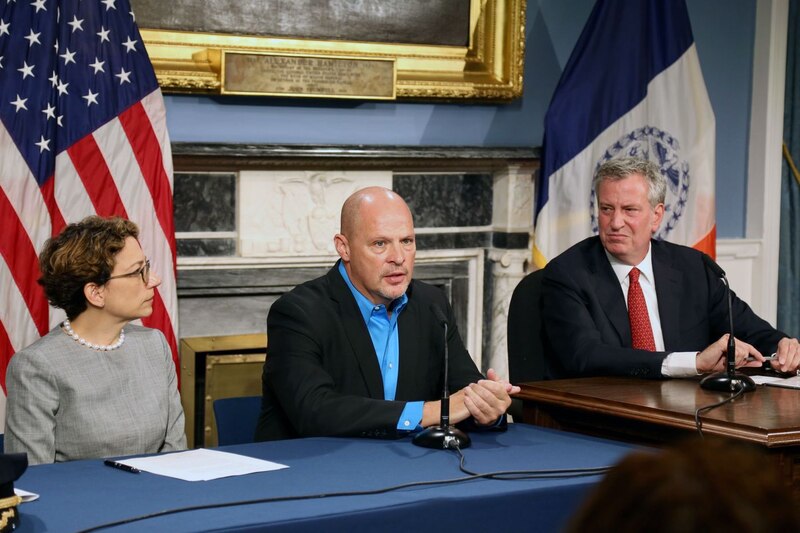
Closure Concerns
The question of whether to shut the nation’s biggest school system was a contentious affair from the start.
As the number of New York City residents infected with the virus began to rise day by day in early March and private schools started to shut down, de Blasio adamantly insisted on keeping the public schools open.
Around March 7, UFT President Michael Mulgrew began pressing the DOE to close the schools, arguing that more staff and students would be exposed to the virus every day classes remanded in session, union officials told THE CITY.
“We cannot know how differently the pandemic would have played out if schools and other public facilities had been closed earlier than they were,” Mulgrew told THE CITY last week. “Logic would certainly suggest that better planning would have helped, in particular in the case of schools, which didn’t introduce teacher training in remote instruction until mid-March.”
As of Monday, 74 Department of Education staff had died of COVID-19, including 30 teachers, officials said.
Miranda Barbot, a DOE spokesperson, insisted that in the days before the shutdown and during the in-school teacher training, the schools adhered to the advice of medical experts — and relied only on confirmed positive cases to minimize the release of potentially erroneous information.
“Since the beginning, the Department of Education issued near-daily updates aligned to federal, state, and local guidance that adjusted to the rapidly changing public health landscape,” Barbot wrote in an emailed response to questions by THE CITY.
“All of our decisions are informed by public health experts in order to protect the health and safety of our students and staff.”
Barbot asserted that DOE’s protocol was to “immediately” notify school communities about COVID-positive cases confirmed by the state Department of Health.
But by limiting official reporting to confirmed cases, DOE obscured the extent of the virus’ apparent spread, teachers said.
A Brooklyn Tech teacher told THE CITY that throughout March, many of her students called out sick. By late March, after the schools were shut, a student informed the teacher that she was “presumptive positive” with COVID-19.
The teacher said she asked the principal, David Newman, whether the child should be logged into the Department of Education’s Online Occurrence Reporting System, the internal database DOE uses to track all incidents, including COVID-19 cases.
In an email, Newman responded that the student was not to be tallied as part of the official count: “The DOE only is having us log cases of positive tests.”
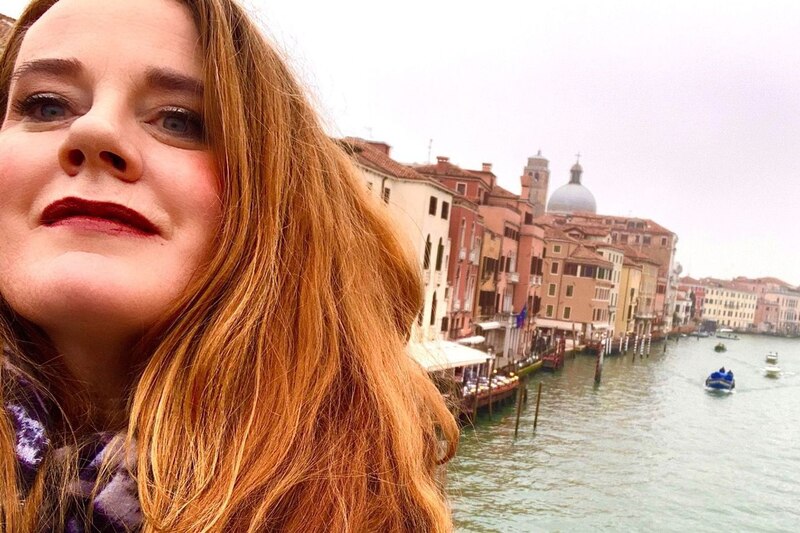
Early Signs
The virus first appeared under the radar in the weeks after the February winter break, when multiple teachers and students returned from trips to coronavirus hot spots China and Italy. At the time, it was very difficult for anyone to get tested, even if they were displaying potential virus symptoms.
In early March, when de Blasio was encouraging New Yorkers to go about their normal daily routines, THE CITY reported on school teacher Erin McCarthy’s troubles: She’d returned from a winter break trip to Italy to her classroom at PS 369 in Brooklyn and soon after spiked a fever.
McCarthy’s request for testing was rejected because, at the time, Italy was not yet on the hot spot list. It was not until the day after McCarthy’s case was revealed that de Blasio ordered testing for teachers, first responders and city health care workers who’d returned from any hot spot, including Italy.
A few blocks away from PS 369, concerns were growing at Brooklyn Tech, the elite 6,000-student specialized school from which de Blasio’s son, Dante, graduated in 2015.
The Brooklyn Tech teacher who spoke to THE CITY said that in February several students in her class had returned from winter break visits to the Wuhan province in China where the virus was festering. They were very sick, she said.
Then another teacher with whom this teacher shared a classroom called out sick and was feared to be COVID-19 positive.
“They weren’t telling anyone,” the teacher recalled. “As the week went on, we had fewer and fewer kids” showing up.
Soon after, the teacher learned that yet another colleague had also caught the virus.
“He told us,” the teacher said. “The administration did not tell us.”
At that point, the directive to limit public release of information on virus infections was coming from school headquarters.
As THE CITY revealed, DOE officials issued a system-wide memo dated March 10 — the day New York City recorded its 70th confirmed positive case — instructing staff, “At the moment, there is no reason for any school to call [the Department of Health and Mental Hygiene] to report potential or confirmed cases. DOHMH is receiving information … about positive test results strictly from laboratories.”
The memo justifies the do-not-call instruction by stating, “We can support our colleagues at DOHMH by keeping their phones clear to speak with laboratories.”
‘Do Our Damndest’
Responding to THE CITY’s questions about the memo, DOE officials said they were receiving positive confirmations directly from the state and relying on DOHMH’s “guidance that ensured the city’s Department of Health’s lines remained open for New Yorkers.”
The March 10 memo also explicitly allowed schools to continue holding “large gatherings” of students and teachers.
“This was aligned to federal and city guidance at the time,” Barbot said.
Two days after the DOE’s memo, the Centers for Disease Control & Prevention advised schools nationwide to “Give special consideration to events that might put students, staff, or their families in close proximity to others from communities that may have identified cases of COVID-19. Consider whether any of these events should be canceled.”
A day after the DOE’s memo went out, the World Health Organization declared the coronavirus a global pandemic. That same day, Seattle announced it was shutting down its schools. San Francisco followed suit the next day.
Nevertheless, de Blasio continued to resist a growing call to shut down, even as private schools, religious schools and the biggest charter school in the city, Success Academy, had already announced closures.
During a March 12 press briefing, de Blasio insisted the public schools would remain open.
“We are going to do our damnedest to keep the schools open,” the mayor stated. “It is where our children are safe in the day, and many parents have no alternative. It’s where our kids – a lot of kids get their meals. It is the pivot for a lot of people we need to get to work to get to work that their kids have a place to be. A lot of them have no other choice.”
The next day, Mulgrew met with the mayor, after which he issued a statement saying that the two men had “decided to respectfully disagree.”
“We have reached the point where continuing to keep our classes open poses a greater lasting threat than the disruption that will result from school closings,” Mulgrew warned, noting that by then, schools in Washington, Los Angeles, Michigan, Maryland, Ohio, Kentucky, West Virginia and Oregon had closed due to the COVID-19 crisis.
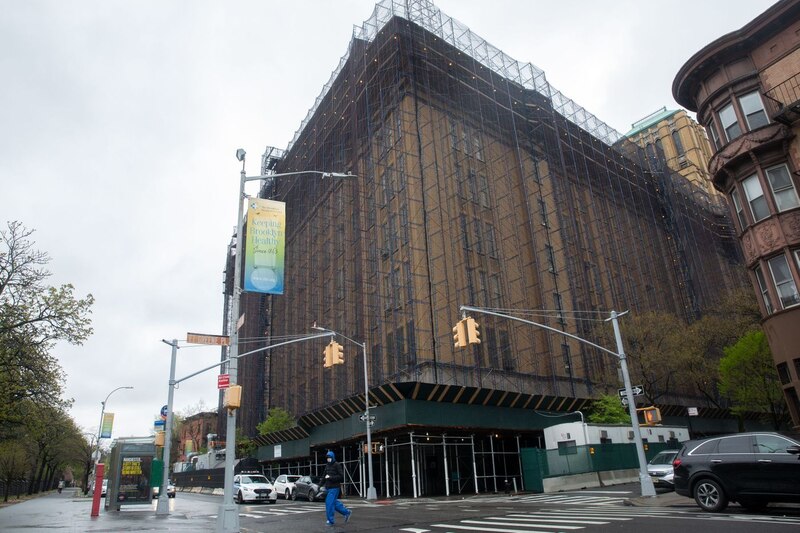
‘Cold and Flu Season’
At Brooklyn Tech, teachers were aware that at least one and possibly two of their colleagues were sick with the virus. But Newman continued to insist that was not true, according to an email obtained by THE CITY.
Mid-morning on March 15, Newman sent parents and staff a memo insisting he was “committed to transparently sharing information to ensure a clear understanding of the novel coronavirus facts within our school community. That includes dispelling any circulating rumors or information not backed up by facts.”
“At this time,” Newman stated, “no member of our student body or school staff has a confirmed case of coronavirus.”
He then offered a new narrative to counter the notion that a staff member had tested positive, stating that “a member of our school community who is at a higher risk of potentially contracting the virus has been quarantined at home.”
He went further to quell fears of the virus’ presence within the school.
“Since it is cold and flu season, the NYC Department of Health also advises that we should not interpret any illness or absence from work or school for any amount of time as a novel coronavirus related absence or illness,” he wrote.
That afternoon, de Blasio reversed course and announced that schools would be closed starting Monday and teachers would be required to attend in-school training for “distance learning” that Tuesday through Thursday.
That Monday, Newman sent out a new memo: “I am writing to inform you that a member of our school community has self-reported that they tested positive for COVID-19.”
In her email to THE CITY, the DOE’s Barbot wrote that the principal was following protocol, stating, “A self-reported and confirmed case are different. After we closed all buildings, we were no longer confirming individual cases with the state Health Department and supported schools in notifying their communities of a self-reported case if they wished to do so.”
“Everything was changing hour by hour at this point, and we were giving info in real time as soon as we had it,” she added.
‘Open at Any Cost’
At P.S. 139, a similar scenario was unfolding.
On Thursday, March 19, staffers were ushered in groups into the auditorium and told that one of their colleagues had tested positive for COVID-19.
The principal did not identify the staffer.
“None of this is easy for anyone,” said the teacher who spoke to THE CITY. “I don’t envy the position the principal was put in.
The DOE said the principal “did not follow the DOE’s guidance” in canceling training on March 18.
“At this time, we were at widespread community transmission,” Barbot wrote, “and the city’s Health Department advised that schools and the workplace were of no greater risk than the rest of NYC.”
Over the last few weeks, Councilmember Robert Holden (D-Brooklyn) has raised questions about the insistence by de Blasio and Schools Chancellor Richard Carranza to keep the schools open as long as they did.
“That’s their whole m.o. of trying to keep the schools open at any cost,” he said. “That’s typical of the bureaucracy of the DOE. They cross words, they use double-speak. They cover up. That’s why we have investigators.”
Barbot called Holden’s contention “completely false and absurd. At the time there was a lot of fear and confusion, and we were focused on providing clear communication primarily based on confirmed information from health experts rather than rumors.”
How DOE’s approach will ultimately be viewed remains to be seen. The Special Commissioner for Investigation for the city schools recently opened an inquiry into how DOE responded to the crisis during the time de Blasio insisted on keeping schools open — and after he changed his mind and shut it down.
And with the mayor wrestling with the possibility of reopening the schools in September, UFT President Mulgrew is urging a careful approach.
“As a city, we have learned hard lessons in this health crisis,” he added. “We need to make sure we heed those lessons in order to re-open school buildings safely for students, staff, and our communities.”

